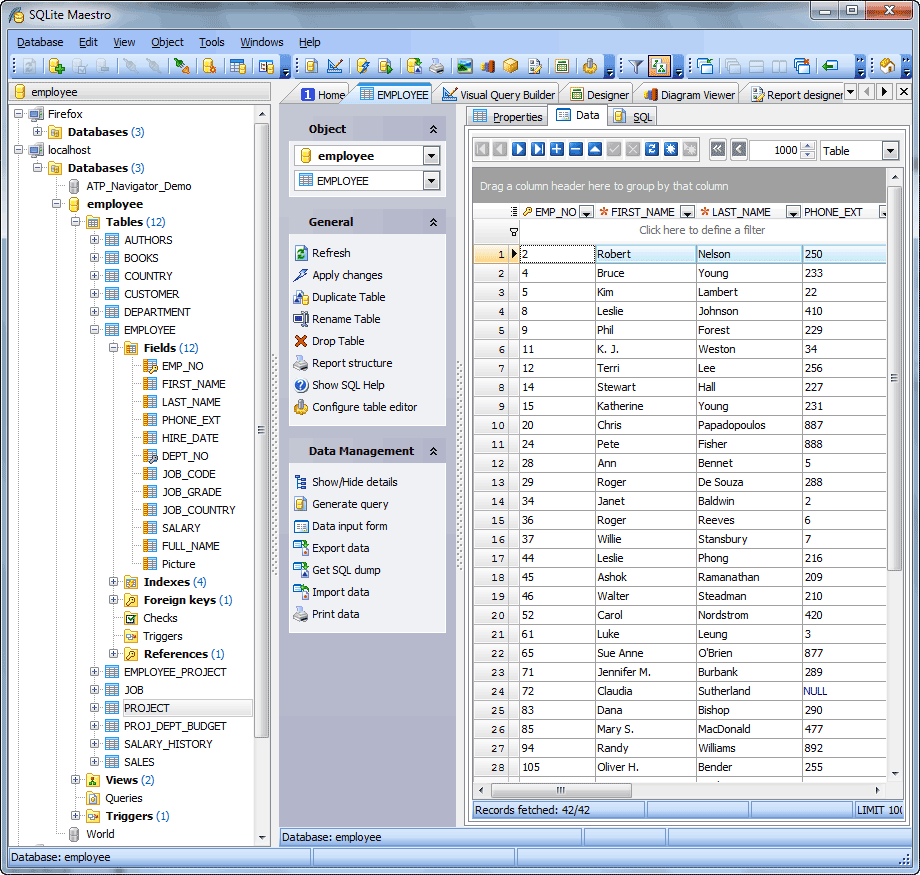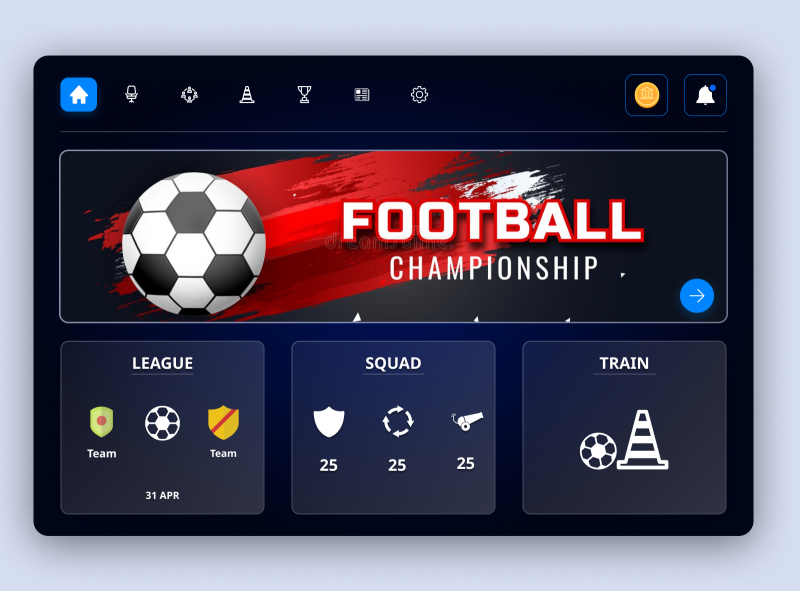

- Db browser for sqlite save blob how to#
- Db browser for sqlite save blob full#
- Db browser for sqlite save blob portable#
- Db browser for sqlite save blob code#
So you set everything up to start the application and insert information into the database. To prevent SQL injection attacks such as this one, the ? placeholder is used in the sql_insert_file_query so that the file_path_name and file_blob values can be added to the uploads table safely.

The connection will close at the end of the session, but if it failed to connect in the first place, the program will print an error and return a message at the end saying "Oh shucks, something is wrong here.". The connection exists so that you can interact with the database using CRUD operations throughout the project. This conn object also provides the Connection object that represents the app.db database.

Db browser for sqlite save blob code#
Copy and paste the following code into the SQLite3 prompt:Ī conn object is created to use the connect() function from the SQLite3 module and print " : Successful connection!" if it worked. These entries are represented by a simple id integer type.
Db browser for sqlite save blob full#
This database will be simple and only store the full path file name in text form under file_name and the file blob, once created, under file_blob. This will create a database file named app.db where you can define the tables for your data to be stored. Start up the SQLite3 prompt on your terminal by entering the command sqlite3 app.db. You can also learn more about connecting a Twilio Python Project to SQLite3 in this article. If you decide to change your database to MySQL or PostgreSQL in the future, then transitioning from SQLite will make the process very familiar to you. Plus, there is no complex setup for Python developers because support for SQLite3 is built into the interpreter.
Db browser for sqlite save blob portable#
You will be setting up SQLite3, which is serverless and portable because the database is stored in a file, making it a nifty choice that's easy to get started with. SQLite should already be installed on macOS but if there's trouble, you can refer to the SQLite Installation docs to download the appropriate zip files to extract the SQLite executable. If you haven't done so already, make sure that SQLite3 is installed. NOTE : Depending on what distribution of Python you are on, you might have to specify python3 instead of python. You will be writing functions and learning about how Python deals with blob data in this file, but for now, you have a simple main() function that prints "Hello World!" when you enter the command python app.py in your terminal. If you are using a Mac or Unix computer enter these commands in your terminal:

Db browser for sqlite save blob how to#
Then you will learn how to retrieve the blobs and convert them back into regular files for use by your application. In this tutorial, you will learn about blob (binary large object) data and why you need to convert your multimedia files to binary objects in order to store them properly in a database. You could store the files directly in the server’s file system, integrate with APIs from cloud storage platforms, or you can learn how to store the information in your database! If you're a developer who is building out a website that allows users to upload image files for reasons such as updating a profile picture, sharing images with other users, or utilizing other multimedia files, you will find yourself wondering, "what's the safest way to save their data?".


 0 kommentar(er)
0 kommentar(er)
